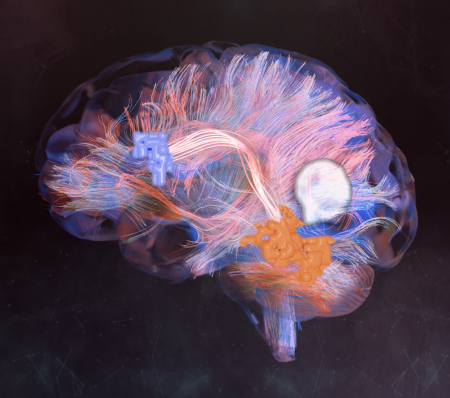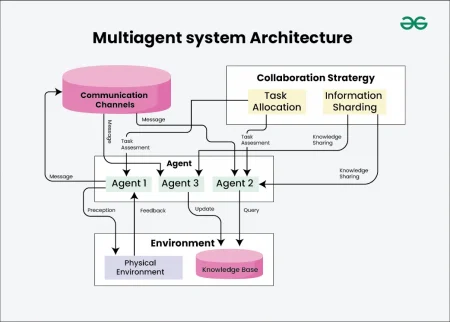Climate Change is exacerbating the problem of cooling data centers leading us into a spiral with implications for the very existence of the human race finds Satyen K. Bordoloi
When both Google and Oracle data centers in London went out together on July 19th this year, it seemed like a scene straight out of the series Mr Robot where its protagonist tries to reset the world by destroying data centers storing financial information. The actual reason turned out to be something which so far we thought affected only humans: heatwaves caused by Climate Change.
Oracle left this message after this outage: “Following unseasonably high temperatures in the UK South (London) region, two cooler units in the data center experienced a failure when they were required to operate above their design limits. As a result, temperatures in the data center began to climb causing a subset of Compute infrastructure to go into protective shut down.”

You expect world-class data centers run by global tech giants to be ready for any eventuality. But the heatwave on the 19th and 20th of July in the UK was so bad, rare and unexpected that even they failed. As heat waves caused by Climate Change change their relationship status with the world from being casual to committed, our data: from pointless Instagram photos to precious financial data will come under greater threat.
The Heating Problem
There isn’t a single person in the world who hasn’t felt the heat on laps from using laptops for long or hasn’t had a PC, mobile or digital camera shut down due to excess heating.
This is because every digital device generates heat. Laptops, PCs and servers have fans inside to push the heat out.
These devices are localised. Servers that run your internet or store your social media posts and other data are their centralised versions. The ‘cloud’ is nothing but a series of endless farms of data servers spread globally. Think of them like hundreds or thousands of PCs in one compound without monitors or keyboards connected via extremely high-speed internet.
Every time you scroll the net, check your social media feed, click a selfie and save it in the ‘cloud’, stream your Netflix content, tiny bits of data launch from your phone, travel thousands of miles across the planet on cables or wirelessly, reach the address it is supposed to, fetches millions of bits of data and displays it on your screen within seconds.
If your tiny phone or laptop can heat enough to shut down, you can only imagine how hot these places get with so much going on every microsecond. Indeed, temperatures there can get so high its electrical components are prone to ‘arc flash’. Weeks after the server outage in London, on August 8 Google’s Iowa facility witnessed what is said to be an arc flash that injured three electricians.

We are generating so much heat through our computing systems that cooling them will require better ideas and systems. Ironically, just this heating and cooling add to the Climate Change problem, which increases our need to cool better, thus cascading into a death spiral that can potentially cause a catastrophic collapse of civilization as we know it.
The Solution
Though this seems to be just a server-heating problem, it is actually worse and the solutions need to be two-pronged. One is obviously how we cool our servers. Solutions are already afoot. Many companies are opening data farms in colder countries like Iceland. Those that cannot, are learning effective cooling techniques from data centers located in warmer nations.
Then there are out-of-the-box solutions like data-pods under sea where data centers inside pods are stored undersea thus taking away the need for external coolers. At least one start-up offering undersea data pods will get operational later this year.
These are not without issues. For instance, Ireland now has so many data farms that in early 2022 its South Dublin County Council, as a part of its County Development Plan, passed a motion to prevent any more data center development there until 2028. And undersea data pods are hard to problem solve.
Nevertheless, there is a bigger issue each one of us needs to consider. We are connecting more, creating more content individually, and participating more online. It’s just been around 15 years of increasing hyperconnectivity, but does this ever stop or at least reach an equilibrium? How much would be too much?

If every human on the planet continues to go on like we are right now, and with connected devices, thanks also to the Internet of Things rising, the number of servers we will need will multiply exponentially.
How long before it becomes so unsustainable that we will see it for what it is: an existential threat to us? Can we afford it, not from a financial standpoint, but in terms of preserving the only home we have: Earth?
There needs to be a greater dialogue within ourselves, both individually and as a civilization about where we are headed with so much technology because data centers heating up due to Climate Change is just the tip of the iceberg. The actual problem is the threat to our very existence on the planet.
Mr Robot ended with Season 4. But the showrunners can make a fifth where its protagonist, realizing where the world is headed, will no longer try to take down data centers himself but instead become a Climate Change-denying politician to achieve the same objective. The irony is, that the world is already full of such politicians.
In case you missed:
- 9 new ways to power data centers: the unthinkable to the absurd
- Nuclear Power: Tech Giants’ Desperate Gamble for AI
- Copy Of A Copy: Content Generated By AI, Threat To AI Itself
- Susan Wojcicki: The Screaming Legacy of The Quiet Architect of the Digital Age
- Is Cloud Computing Headed for Rough Weather
- Google’s Willow Quantum Chip: Separating Reality from Hype
- In-pocket Nuclear Batteries Threaten to Change World Order
- And Then There Were None: The Case of Vanishing Mobile SD Card Slots
- Google Falters Under AI Onslaught: Future of Search in Peril?
- A Data Centre on the Moon – From Sci-Fi to Necessity









